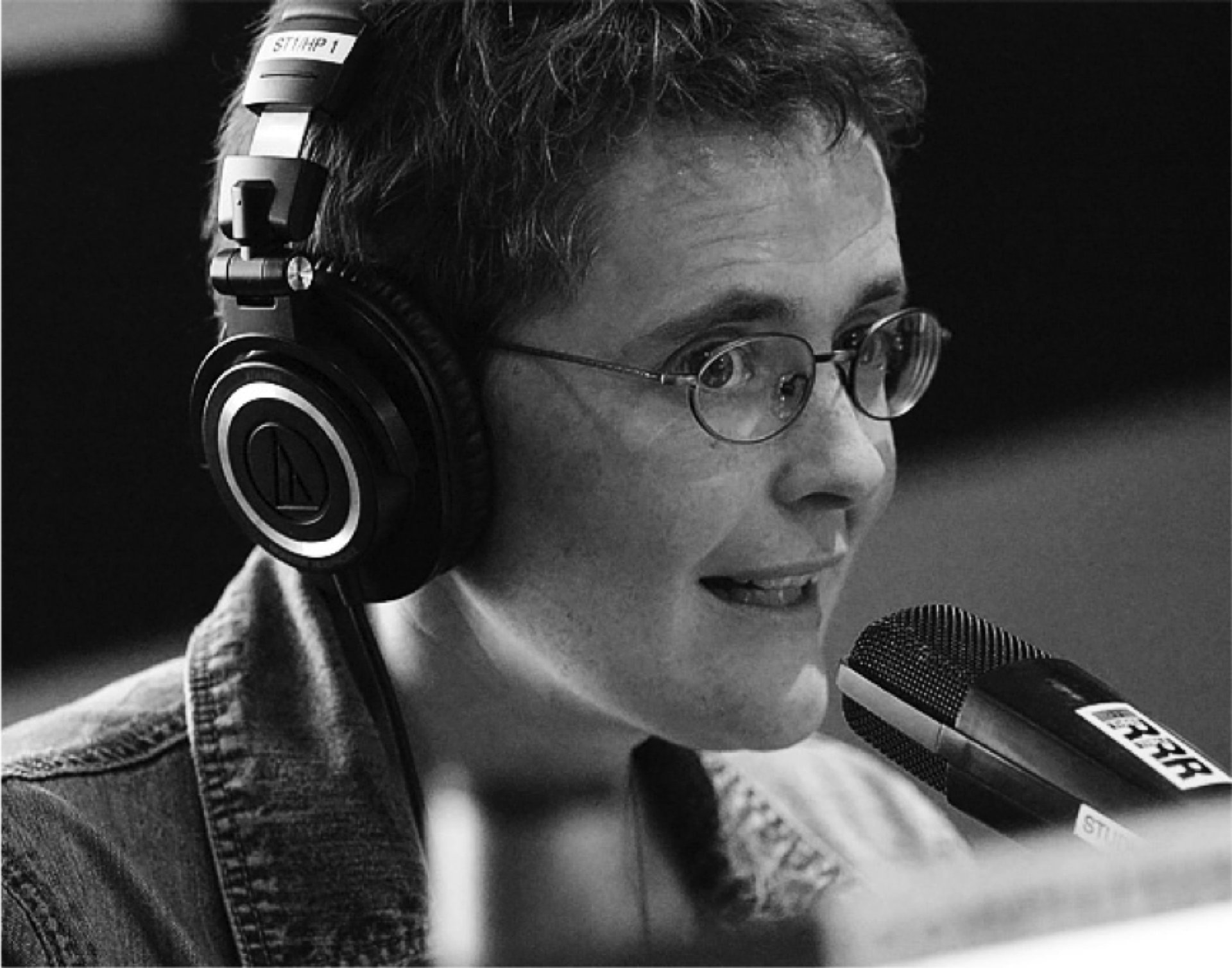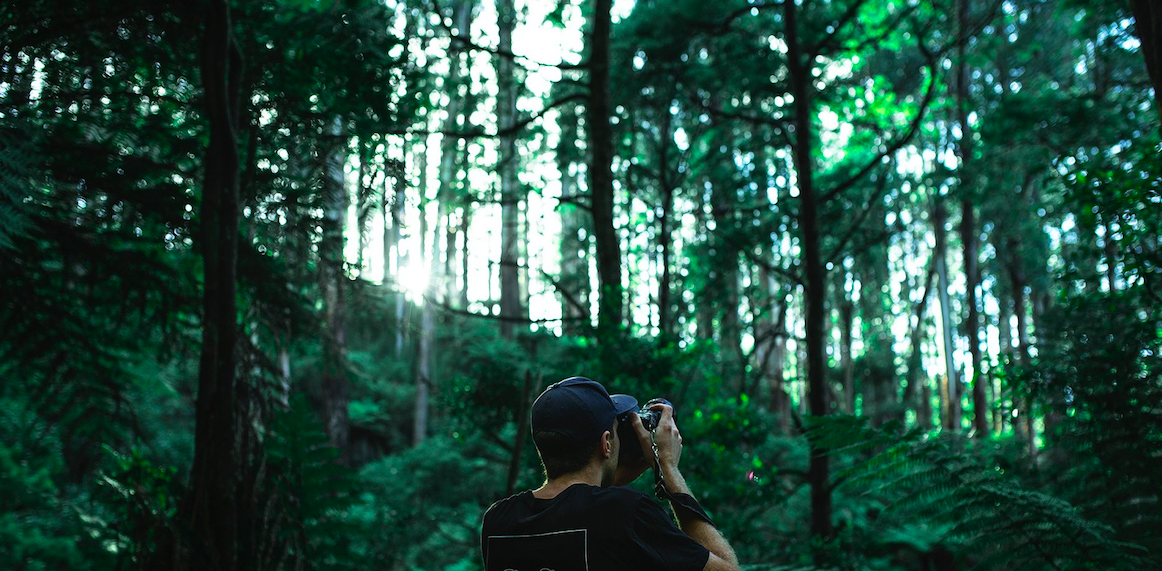Science explains the everyday familiar in terms of the unfamiliar – it thrives on specialised language consisting of untranslatable words and symbols.
Science communication is an essential aspect of many scientists’ careers – aiming to make scientific knowledge and understanding accessible to all. When it comes to the environmental sciences, science communication is integral to promoting the many stories and lessons of nature. To get people engaged with conservation and sustainability, one must first appeal to the individual’s human-environment relationship, patching and reforming their connection with nature.
Dr Jenny Martin is science-teaching specialist who founded the science communication program at The University of Melbourne. Her passion for science, appreciation of nature’s beauty, and environmental responsibility runs in the family, both her parents being scientists and nature lovers.

Surrounded by a constant flurry of questions about how the natural world works and what animals do, there was not a moment in time that Jenny doubted her pathway in science. Jenny explains that she would ‘never regret [her] years of living in the bush, getting to know the animals really well, working outdoors and getting to know a patch of forest really intimately.’ This connection is extremely important to her.
Science communication is at the heart of Remember The Wild’s conservation and nature stories, so talking to Jenny was a priceless opportunity to gain some insight into the environmental science communication scene and why it’s important to listen to, translate and celebrate nature’s lessons.
How can scientists promote general knowledge and understanding of how everyone is reliant on and connected to the environment in some way?
Effective science communication on all levels – making kids understand that trees are the reason why we have oxygen and making adults aware of the massive benefits that come from being in nature. It involves both an exercise in science communication – effective messages communicated in the right way to particular people – and getting that first-hand experience of the wonder, the calm and the amazing science of peace in a wild place.
Do you think as a society we are connected to the wild?
For many people, connecting with the wild and spending time outside is not a priority. Technology and our busy, results-oriented lives make it hard to find time to get into the bush. The times that we do we usually take a photo but research has shown that if we take photos of a place, we remember the place less than if we just experience it because we are not engaged in the moment – this is called cognitive offloading.
It’s mostly about the act of focusing on taking photos rather than being in the moment. If the camera has stored it away for me I don’t need to remember anything about it.

Humans are as restricted by similar ecological limitations as other animals – we have evolved in the company of other life forms and thus we continue to rely on the physical, emotional and intellectual company of these figures. Do you think that our disconnection to nature will change our innate need for an emotional connection to the wild?
It’s a terrible thought that we could end up with humans that have no need to be connected to the wild and nature. There are people all around the world who live in massive cities who may not know what they are missing. From my point of view, it’s so fundamental that I can’t imagine people losing this need. We evolved to be in nature, to be driven by nature’s cycles and response to daylight or darkness – the fact that now people’s lives are so overwhelmingly run by external schedules, clocks and artificial lights only contributes to a loss of connection.
People get a massive psychological and physiological boost from being in nature – it is one of the best ways to improve mental health, make good decisions, calm anxiety and ease depression.
I believe deep down that everybody can find solace, calm and perspective by being in nature and I have a deep hope that as many people on the planet as possible have the option to get into nature and find those things. The minute we stop thinking and reflecting upon the world is when terrible decisions are made in our environmental community.
How do you think we can encourage the general public to engage with the impactful, emotional aspects of environmental science?
Getting to know scientists as people and telling stories – more scientists getting out there and talking to people about what they do and why they do it, especially to kids. Sharing more than just the facts and figures, focusing on their everyday life and passion for science.
We need to let go of this stigma that scientists are not allowed to hold their own set of values and thus can’t advocate them or engage in public debate. The more scientists that are willing to put themselves out there in the political world, the more scientists will feel able to state values and subsequently share their stories in an effective way.
When we communicate we must think carefully who our audience is, what they know, what is relevant to them, what is familiar and difficult to understand and how we can get them engaged. The people you will be talking to are just as intelligent as you are, no question. It’s just they don’t have the same knowledge.
There’s a great quote: ‘Science is not finished until it’s communicated.’ But this doesn’t mean we need science communication specialists – how about we just expect all scientists to be good at communicating what they do?

Essentially, science communication is going to become vital – as we get into more and more environmental trouble we need to be better understood by policy makers, the public and everyone. I can’t imagine the need decreasing.
Stealth is the better mode than overt domination; I’d rather take over the world, promoting science communication of the natural sciences using stealth rather than force.
What do you think makes communication of the environmental and natural sciences so important?
We are running out of time and that’s really disheartening. It seems like everything is doom and gloom – there are a few good news stories out there but the people who must recognise that we need to change things are not doing so.
There are all these changes going on around us. At what point are we going to realise we don’t need excess material but we need natural land? There are many other areas of science where time is also critical but the point is that we are dependent on the planet and if we destroy it, where do we go from there?
What I do comes from this fundamental belief that everybody has a very emotional connection with nature. Storytelling is a powerful tool that gets people to engage and understand nature. If we can engage people’s emotions and get them to remember the wild, there will be a lot more pressure and subsequent positive environmental change.
You can read some of Jenny Martin’s science writing on Espresso Science.
Banner image courtesy of Johanna Tachas.


Leave a Reply